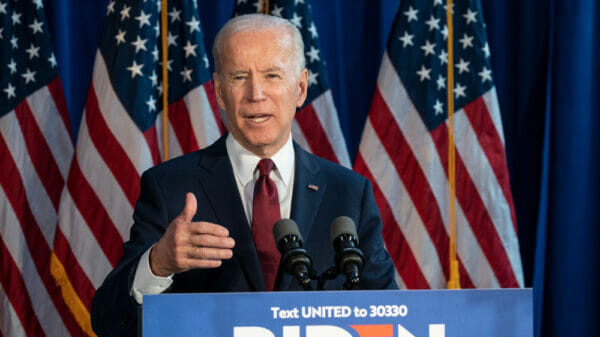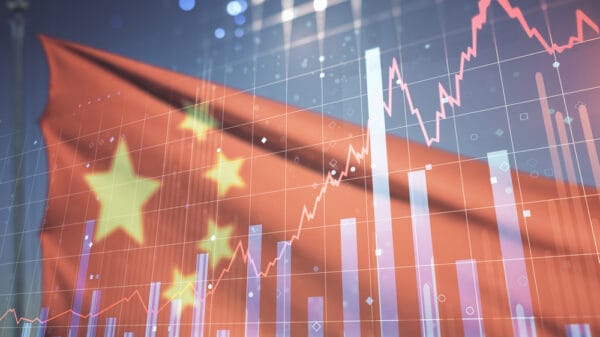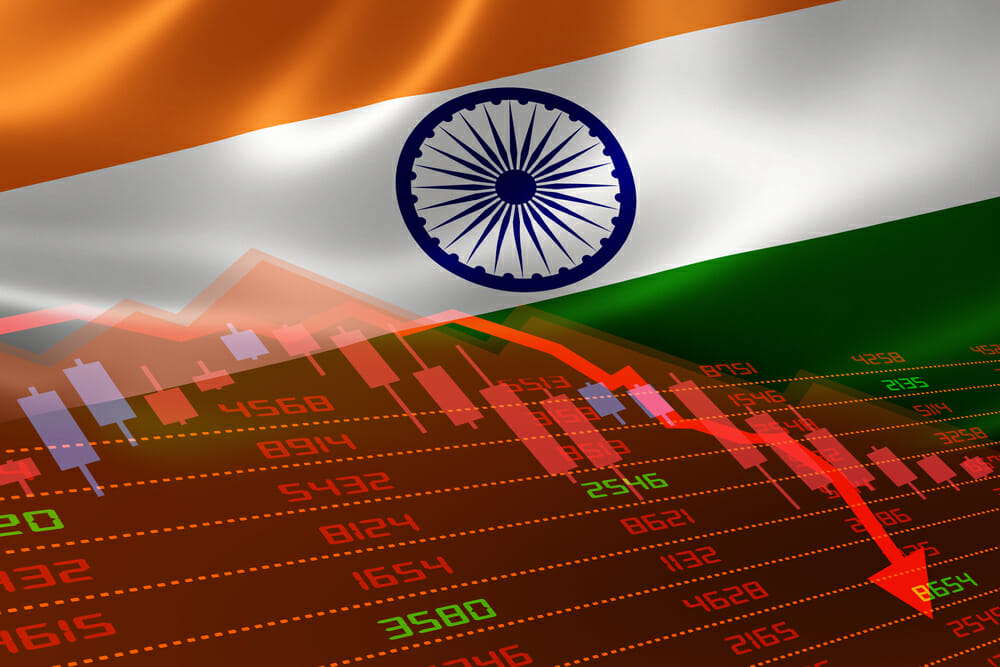According to a recent report by Goldman Sachs, India is on track to surpass the United States and become the world’s second-largest economy by 2075. Currently occupying the fifth position, India is set to overtake Japan, Germany, and the United States in terms of economic prowess.
Goldman Sachs attributes this forecast to several factors, including India’s burgeoning population, advancements in innovation and technology, increased capital investment, and rising worker productivity. Santanu Sengupta, the India economist at Goldman Sachs Research, emphasized that India’s dependency ratio, which measures the number of dependents against the working-age population, will be one of the lowest among regional economies over the next two decades. This indicates a higher proportion of working-age adults who can support the younger and older generations.
To fully realize the potential of India’s rapidly growing population, Sengupta stressed the importance of boosting labor force participation. He predicted that India would maintain one of the lowest dependency ratios among major economies for the next 20 years. Sengupta emphasized the need for India to seize this opportunity to establish manufacturing capacity, sustain service sector growth, and continue investing in infrastructure.
Goldman Sachs Research said India will become the world’s second-largest economy by 2075https://t.co/w9dqFJxeuD
— Hindustan Times (@htTweets) July 9, 2023
India’s government has prioritized infrastructure development, particularly in the areas of road and railway construction. The recent budget proposed the continuation of 50-year interest-free loan programs to state governments aimed at stimulating investments in infrastructure projects.
Goldman Sachs believes that the present moment presents an opportune time for the private sector to expand manufacturing and services, thereby generating more employment opportunities and accommodating the country’s vast labor force.
As India progresses on its trajectory toward becoming the world’s second-largest economy, it must leverage its strengths and make strategic investments in critical sectors. By focusing on infrastructure development, fostering innovation, and optimizing its labor force, India can realize its economic potential and solidify its position on the global stage. With prudent planning and implementation, India has a promising future ahead.













































